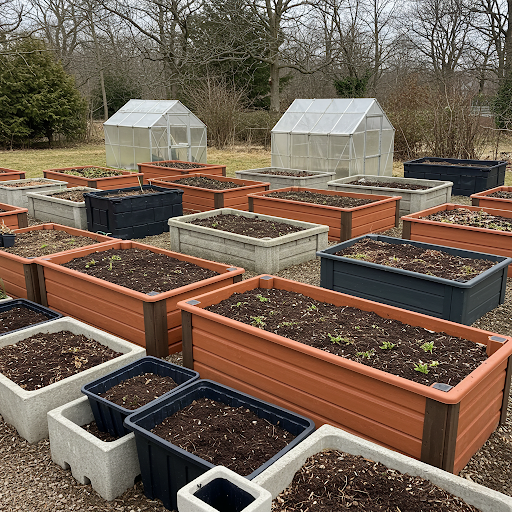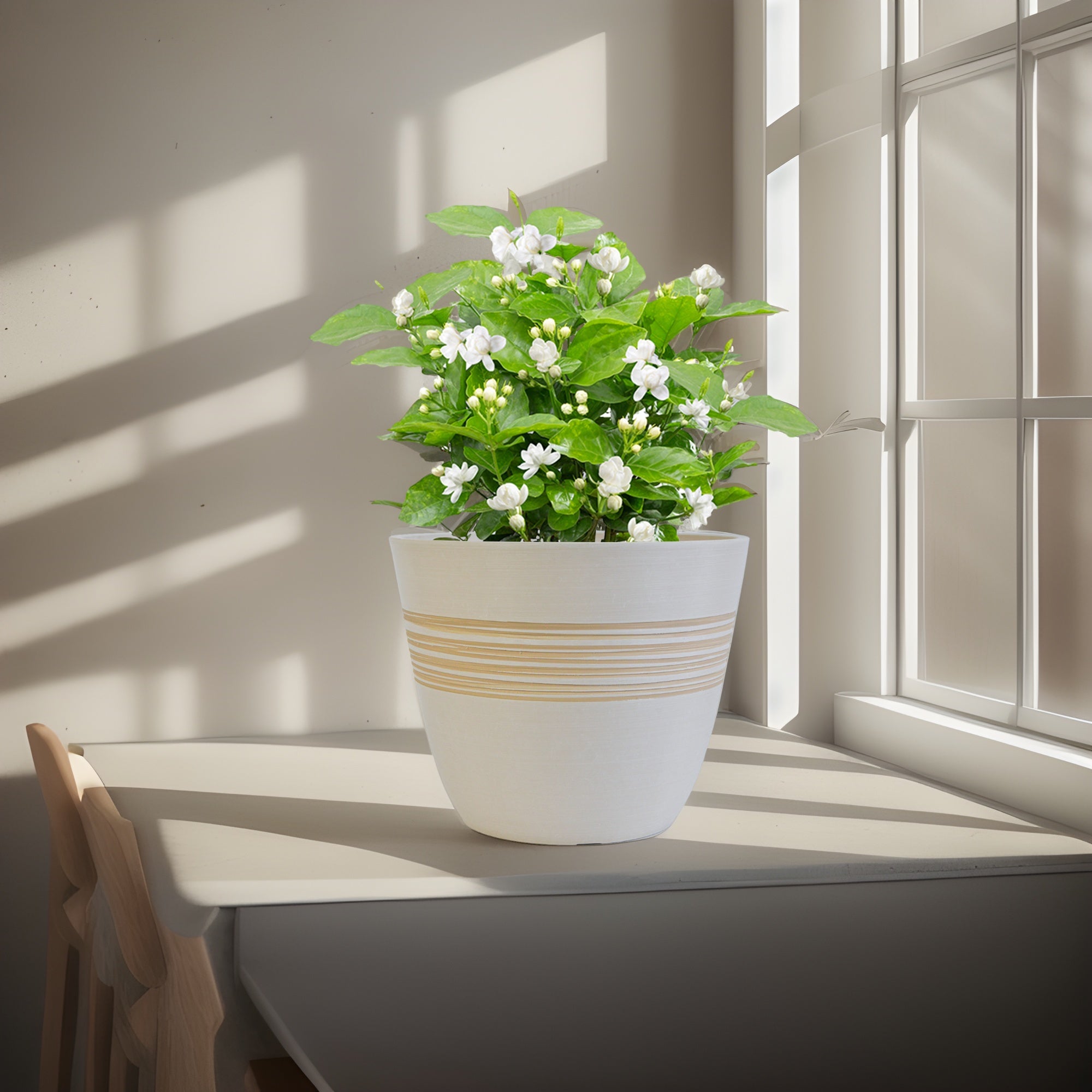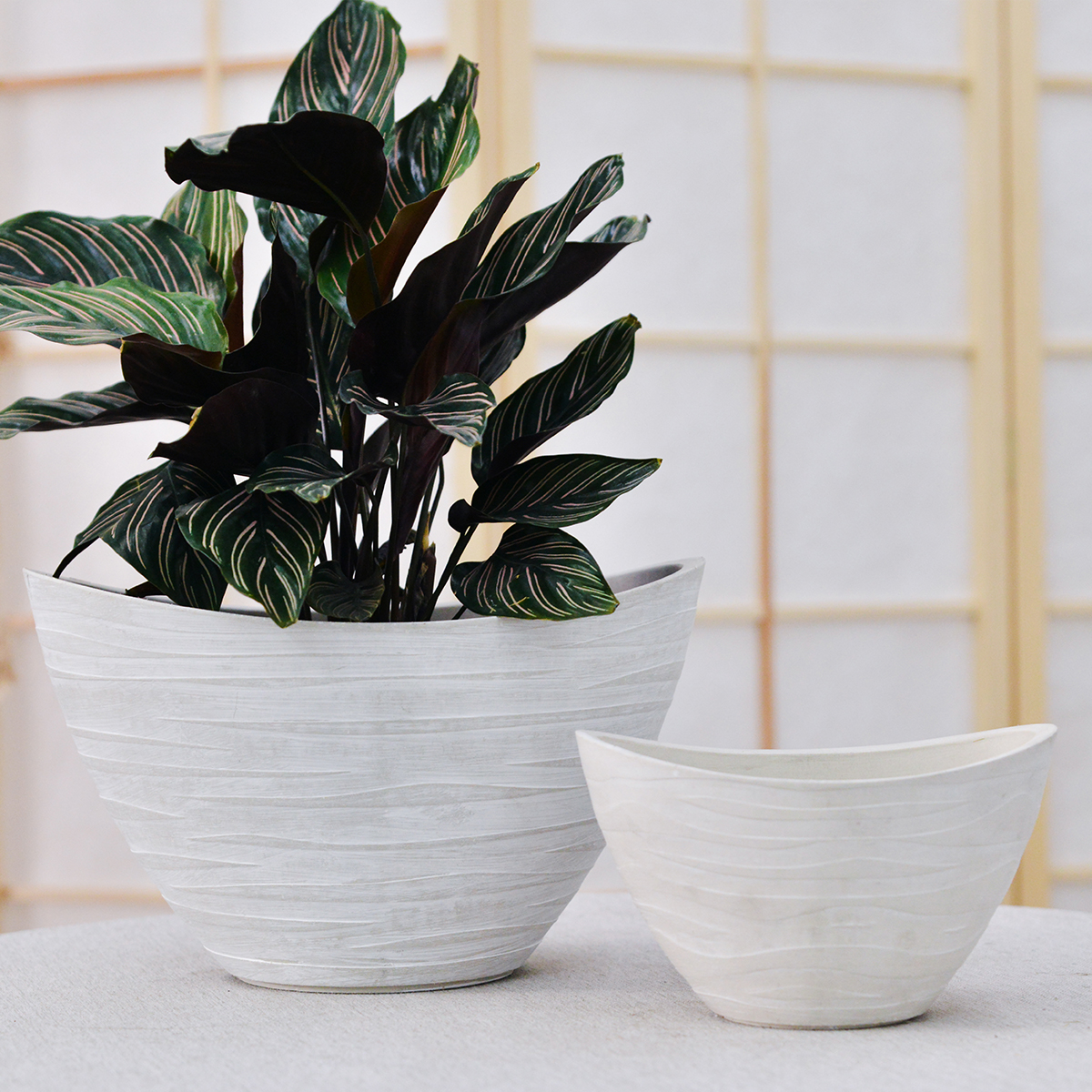What Special Maintenance Considerations Are There for Large Outdoor Planters During Winter to Protect Plants and Containers? Preparing for the Cold
As the vibrant colors of fall fade and winter approaches in the United States, gardeners with large outdoor planters need to take specific steps to protect both their beloved plants and the containers themselves from the harsh elements. Ignoring winter maintenance can lead to damaged planters and the loss of perennial plants that would otherwise return in the spring. Here’s a breakdown of special maintenance considerations for large outdoor planters during winter.

1. Choosing Winter-Hardy Plants:
The most fundamental step is selecting plants that are naturally hardy in your USDA Plant Hardiness Zone. While you can take extra measures to protect less hardy plants, starting with resilient varieties significantly increases your chances of success. Research the specific cold tolerance of your plants.
2. Moving Planters to Sheltered Locations (If Possible):
If your large planters are movable, relocating them to a more sheltered spot can offer significant protection.
- Unheated Garage or Shed: This provides a barrier against wind, snow, and ice, and helps to moderate temperature fluctuations. Ensure the space still receives some indirect light for dormant plants.
- Against a South-Facing Wall: This location can offer some warmth and protection from harsh north winds.
- Out of Direct Wind: Wind can desiccate plants and exacerbate cold damage.
3. Insulating the Planters:
Insulation helps to protect the roots of your plants from freezing temperatures, which can be deadly in containers where roots are more exposed than in the ground.
- Wrap with Burlap or Old Blankets: Wrap the outside of the planter with layers of burlap, old blankets, or even bubble wrap. Secure the insulation with twine or tape.
- Use Foam Sheets: Rigid foam insulation sheets can be cut to size and wrapped around the planter.
- Consider Inner Liners: For very cold climates, you can line the inside of the planter with a layer of Styrofoam before planting.
4. Elevating the Planters:
Elevating planters off the ground helps prevent the bottom of the container from freezing to the ground and also improves drainage.
- Use Pot Feet or Bricks: Place your planters on pot feet, bricks, or wooden blocks to create a gap underneath. This allows for better air circulation and prevents water from pooling and freezing around the base.
5. Watering Sparingly (If Necessary):
While plants are dormant in winter, they still need some moisture, but much less than during the growing season.
- Check Soil Moisture: On mild days when the ground isn’t frozen, check the soil moisture. If it feels very dry, water lightly.
- Avoid Overwatering: Overwatering in winter can lead to root rot, especially in cold, damp conditions.
- Water on Warmer Days: If you do need to water, do so on a warmer day so the water has a chance to drain before temperatures drop again.
6. Mulching the Soil Surface:
Applying a layer of mulch to the soil surface inside the planter can help insulate the roots and retain moisture.
- Use Organic Mulch: Shredded leaves, straw, or bark chips work well as winter mulch.
- Apply a Few Inches: Spread a layer of 2-4 inches of mulch over the soil surface, keeping it away from the plant stems.
7. Protecting Empty Planters:
Even if a planter is empty, winter conditions can cause damage.
- Store Indoors (If Possible): If your empty planters are lightweight enough, store them in a garage or shed to protect them from cracking due to freezing and thawing.
- Turn Upside Down: If you can’t move them indoors, turn them upside down to prevent water from accumulating and freezing inside, which can lead to cracks.

8. Consider the Planter Material:
Different planter materials react differently to winter conditions:
- Terracotta and Clay: These are most susceptible to cracking in freezing temperatures due to their porous nature. Extra protection or indoor storage is highly recommended.
- Plastic: High-quality, thick plastic generally holds up well, but thinner plastic can become brittle and crack.
- Wood: Can withstand cold but may warp or crack with extreme temperature and moisture fluctuations. Sealants can help.
- Metal: Generally durable, but check for rust, especially after snow or ice.
- Concrete and Stone: Very durable but can crack if water gets trapped inside and freezes. Ensure good drainage.
9. Check Drainage Holes:
Ensure drainage holes remain clear of ice and snow. Blocked drainage can lead to waterlogged soil and potential damage to both plants and containers.
By taking these special maintenance considerations into account, you can significantly increase the chances of your large outdoor planters and the plants within them surviving the winter and returning with vigor in the spring, ready to beautify your outdoor spaces once again.
KC2-11V
By greenship|2024-08-16T05:39:50+00:00August 16, 2024|Categories: Hand-carving Series|
Planter for Indoor Outdoor Plants, Set of 2 Modern Decorative Plant Pots with Drainage Hole, Decorative Flower Pots
By greenship-seo|2025-04-10T07:46:01+00:00January 9, 2025|Categories: Hand-carving Series|Tags: Decorative Flower Pots, Self-Watering Pots|
20VD
By greenship|2024-08-13T06:43:41+00:00August 13, 2024|Categories: Hand-carving Series|
20YB
By greenship|2024-08-16T05:37:57+00:00August 16, 2024|Categories: Hand-carving Series|
KC2-21G
By greenship|2024-08-13T06:19:08+00:00August 13, 2024|Categories: Hand-carving Series|
Modern Plant Pots丨Planter for Indoor Plants,8 inch or 10 inch Plant Pots with Drainage Hole,Decorative Flower Pots
By greenship-seo|2025-04-10T08:32:55+00:00January 7, 2025|Categories: Hand-carving Series|Tags: Decorative Flower Pots, Self-Watering Pots|






